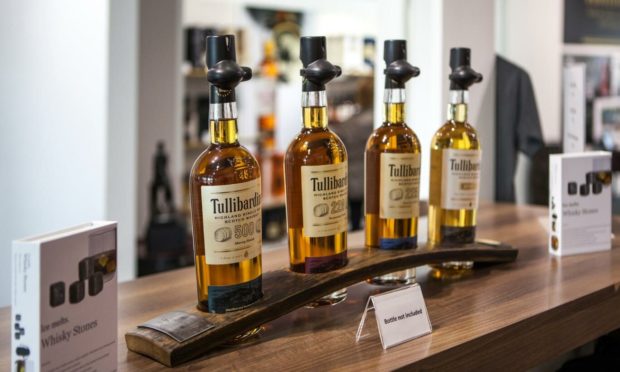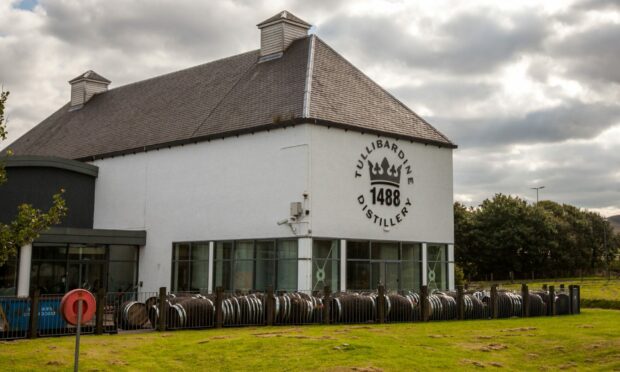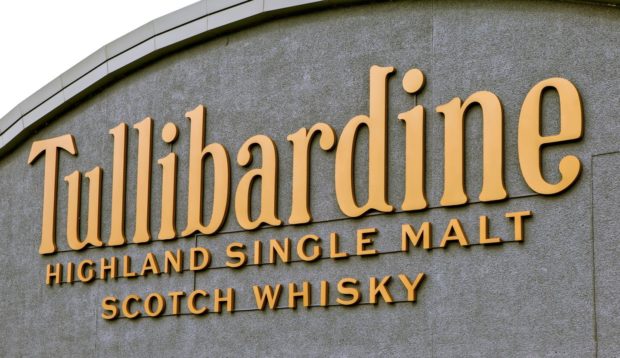Sales at a Perthshire distillery rose by nearly a third – more than £7.5 million – despite the challenges of the Covid-19 pandemic.
Newly filed accounts for Blackford-based Tullibardine Distillery shows the firm’s turnover for the year ending December 31 2020 was £32.5m.
That is a sharp climb from its 2019 turnover figure of £24.9m.
The firm also toasted another year of profits, which rose by almost £1.5m to £3.9m.
In his strategic report within the company accounts, director Gabriel Jacques Picard said all areas of the business had performed “as hoped.”
Shareholders funds increased by more than £3m to £22.5m.
Mr Picard said: “The company continues to seek new opportunities and markets to develop further the success of the company’s brand around the world.
“Everyone within the business works to this same shared goal.”
Mr Picard said Tullibardine had sufficient reserves and resources, combined with government schemes, to face the challenges brought by Covid-19.
Tullibardine fit for a king
The history of Tullibardine as a location for brewing and distilling is one of the oldest in Scotland, dating back to the 15th century.
In 1488, King James IV of Scotland stopped before his coronation to purchase beer from the brewery in Blackford, which was known for the quality of its water source.
By 1503 the King granted them a royal charter and for centuries it was a brewery.
It was rebuilt as a distillery after the Second World War.
But in the 1990s it was mothballed for 10 years. A group of private investors brought the distillery back into production in 2003.
In 2011, French wine and spirits group Picard Vins & Spiritueux purchased Tullibardine.
Since then, the Picards expanded the distillery set-up, improving the visitor centre and installed their own bottling line.
Gross profits rise at Tullibardine
The company’s gross profit rose from 26% to 28%.
Mr Picard said: “The company considers gross profit margin to be the most important key performance indicator.
“Turnover has increased by 31% on 2019 with gross profit margin increasing by 2%, resulting in another profitable year and increase in net assets held.”
The average number of staff employed by the company through the year rose as well, by two, to 41.


